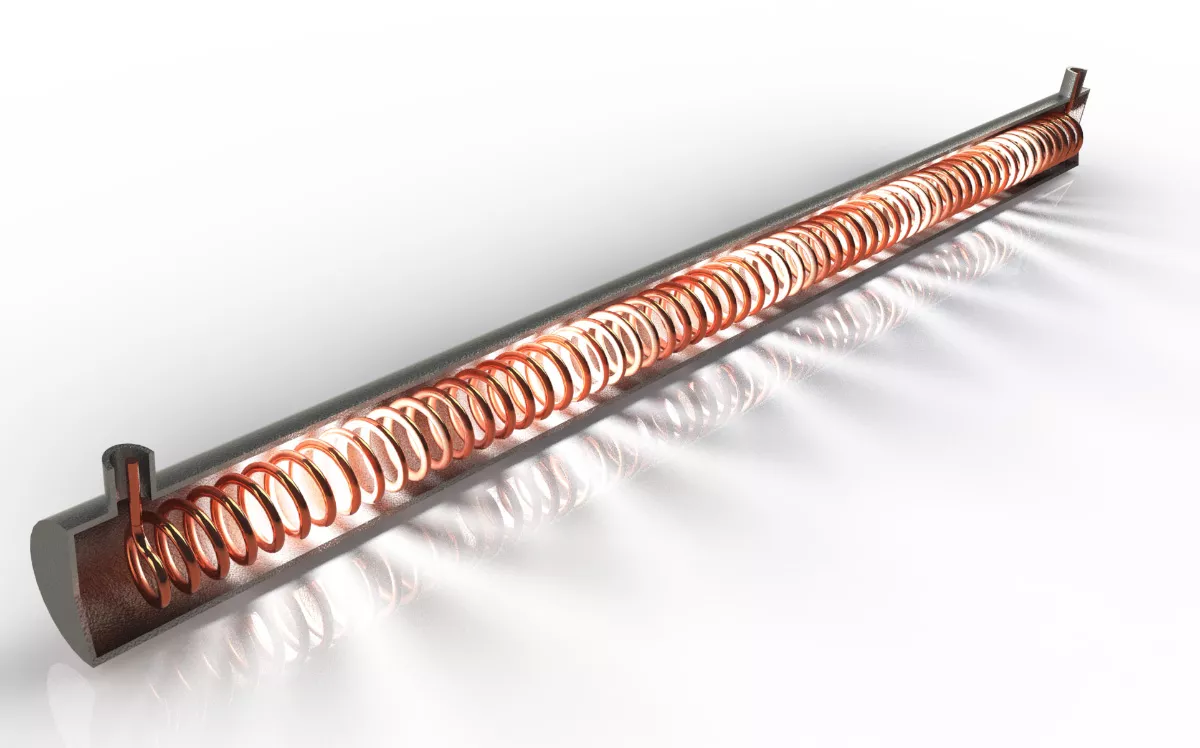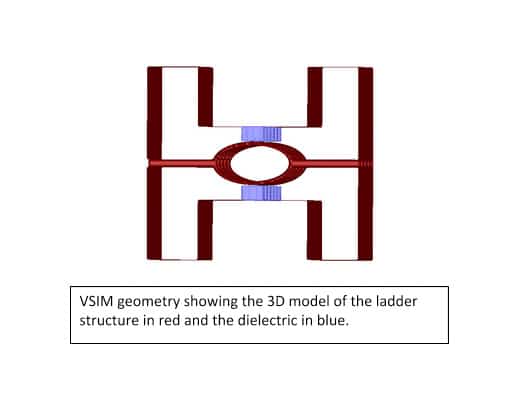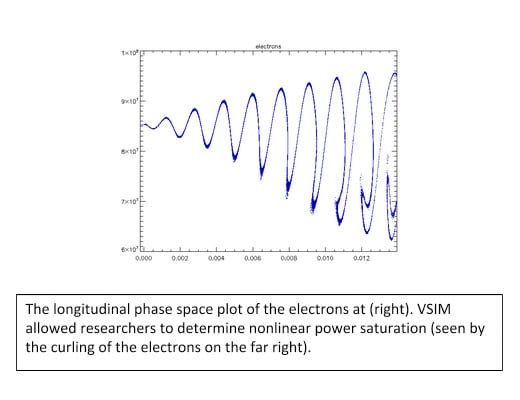TWT Case Study
Helix-shaped traveling-wave tubes (TWTs) are used in many electronics to amplify microwave radio-frequency (RF) signals. Traditionally helix TWT amplifiers haven’t been used for RF signals in the TeraHertz region, as these higher frequency signals require extremely small devices that are fragile and difficult to manufacture.
Creating miniature TWTs that could be used for signals in the TeraHertz region is appealing, as these small devices would require fewer material costs and could take advantage of relatively low atmospheric attenuation compared to infrared and optical wavelengths.


Dr. Heather Song, and her team at University of Colorado, Colorado Springs have proposed a novel microfabricated ladder-type TWT that would be used for 50GHz V-band operation. This small, symmetric device would require few pieces with a simple assembly process and could potentially be fabricated at a low cost to manufacturers.
Since this microfabricated ladder-type TWT would be a novel device, the design and fabrication process must be optimized, and important features such as nonlinear gain and bandwidth must be understood, before large scale adaptation could occur. For her research and validation process, Dr. Song began reviewing multiphysics simulation software candidates. Realizing that more common simulation tools would be unable to handle both electromagnetic and particle studies as well as the complex geometry of her ladder TWT, she turned to the team at Tech-X for a solution.
Using VSim, Dr. Song and her team began to run simulations and analyze the results. With VSim’s Dey-Mittra cut-cell algorithm, the intricate shape of her microfabricated TWT could be resolved in a non-stair-stepped manner which provided smooth surfaces over which to solve Maxwell’s equations. Though the microfabricated ladder TWT required complex physics that often take days to simulate, with VSim’s distributed parallel computing capabilities, simulation time of Dr. Song’s proposed design was cut down to four days on a 32 core machine.
After working with VSim, Dr. Song was able to reliably predict the optical behavior of her microfabricated ladder-type TWT for the first time. Using VSim, she determined the optimal length and power of the ladder, and was able to extend the frequency range of the TWT to nearly 50 GHz, where the conventional type of TWT can no longer be manufactured. The 3D VSim results will be used to design the new ladder type TWT at UCCS.

